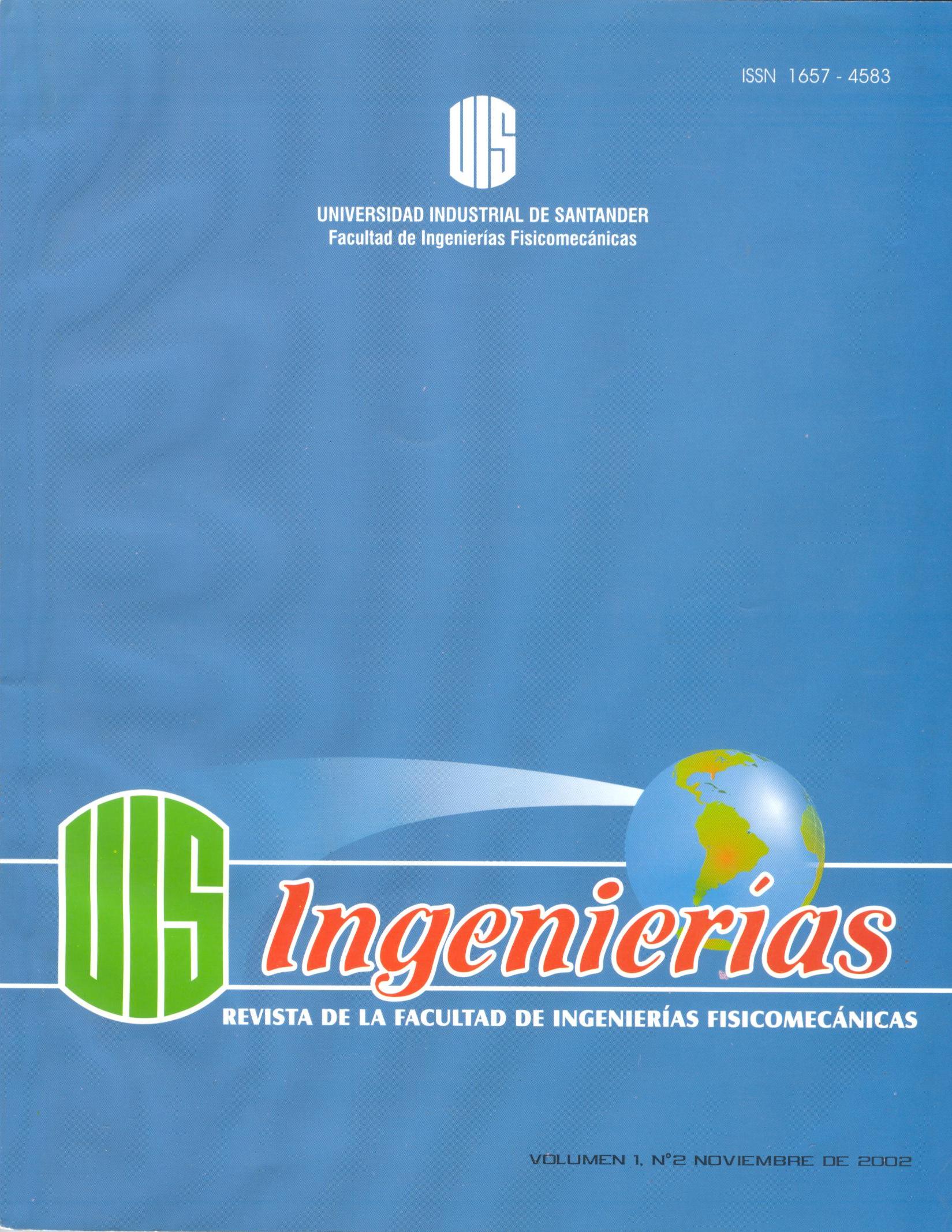Publicado 2002-11-01
Palabras clave
- Agentes inteligentes,
- entorno virtual de aprendizaje,
- estilos de aprendizaje,
- sistema hipemlcdiaeducativo adaptativo
Cómo citar
Resumen
En este documento sepresenta el sistema multiagenteMAS-PLANG (MultiAgent System - PLANG)desarrollado para transformar el entorno educativo virtual de las USD ("Unitats de Suport a laDocencia '') en un sistema hipermedia adaptativo teniendo en cuenta estilos de aprendizaje. Lastécnicas de adaptación están dirigidas a la selección personalizada de los materiales didácticos,las herramientas de navegación y las estrategias de navegación del entorno educativo de acuerdoal estilo de aprendizaje del estudiante. Para el modelado del estudiante utilizamos técnicas deInteligencia Artificial COmo el Razonamiento Basado en Casos y la Lógica Difusa. El sistema estáen capacidad de categorizar estudiantes de acuerdo a su habilidad para procesar, percibir,recibir organizar y entender la información. Utilizamos agentes inteligentes para examinar oportunidades de mejora de la enseñanza y para motivar los estudiantes a aprender según suspreferencias en un entorno amigable y lo más cercano posible a su estilo de aprendizaje. El MASPLANGse ha construido bajo el concepto central de un agente inteligente conocido como unaentidad software que actúa en forma inteligente y semiautónoma en representación y beneficiodel estudiante.
Descargas
Referencias
A. MUMFORD & P. HONEY, Using your learning styles, Honey, Maidenhead, 1996.
e. A. CARVER, RA. HOWARD, and W. D. LANE, "Addressing Different Leaming Styles Through Course Hypermedia", IEEE Transactions on Education, 42 (1), February 1999, pp. 33-38.
e. 1. PEÑA, J.1.. MARZO, "Adaptive Intelligent Agent Approach to Guide the Web Navigation on the PLAN-
G Distance Leaming Platform". IEE Colloquium "Lost in the Web- Navigationen the Internet", London, November 1999.
e. 1. PEÑA, RFABREGAT, A. URRA, M. VALLES, J.!.. MARZO, "Gestor de Pizarras Compartidas, Libreta de Notas y
Marcas para la Plataforma Telemática del PLAN-G", SIIE 2000, Simposio Internacional de Informática Educativa, Puerto Llano, Ciudad Real, Spain, November 2000.
C. G. JUNo, The Collected Works of e. G. Jung, No.6 : Psychological Types, R. F. Hull (Editor), 1971.
D. KOLB, Leaming Styles Inventory, McBer&Co, Boston, 1984.
Habitat-Pro™ Environment, Agents Inspired Technologies S. A, University of Girona, Girona, Spain, 2001, http://www.agentsinspired.com.
H. S. NWANA, N. AZARMI (Eds.). "Software Agents and Soft Computing-Towards Enhancing Machine Intelligence - Concepts and Applications". Lecture Notes in Artificial Intelligence 1198, Springer - Verlag, 1997.
http://www2.ncsu.edulunity/lockers/users/f/felder/public/ILSdir/ilsweb.html
LB. MYERS and M. H. MCCAULLEYM. H., Manual: A Gnide to the Development and Use of the Myers-Briggs Type Indicator, 2"'Edition. Palo Alto: Consulting psychologists Press, 1986.
J. 1. GIBSON, The Senses Considered as Perceptual Systems, Houghton Mifflin, Boston, 1966.
1.. CURRY, "Integrating concepts of cognitive or learning style: Are view with attentiont opsychometric standards", on: Canadian College of Health Service Executives, Ottawa, 1987.
M. AGUILAR, SMIT: Dissenyihnplementació d' un Agent Sintetic de Presentaciá perles Unitats de Suporta la
Docéncia del PLAN-O, Under graduate Systems Engineering Project, Escola Politecnica Superior, Universitat de Girona, España, 2001.
M. RFELDER and L. SILVERMAN, "Leaming and Teaching Styles in Engineering Education". In Engineering Education 78 (7), 1988, pp. 674-681. http://www2.ncsu.edulunity/lockers/users/f/felder/public/Leaming_Styles.html
M. R. FELDER, Reaching the Second Tier: Leaming and Teaching Styles in College Science Edncation. In Joumal of College Science Teaching, 23 (5), 1993, pp. 286-290.
M. RFELDER, Marters of Style. In ASEEE Prisrn, 6(4), 1996, pp.18-23.
NORTEL NETWORKS CORPORATION. "FIPA - OSV1. 3.3 Distribution Notes". Open Source, 2000.
P. BRUSILOVSKY, "Methods and Techniques of Adaptive Hypermedia", User Modeling and User-Adapted Interaction, Vol. 4, pp. 1-19, Kluwer acadentíc pu1¡lishers, 1994.
RDANGWA Land S. MITRA,. "Construction and validation of a Learning Styles Inventory test faI use in India".
[on- line document] foundat http://www.geocities.comlSoHo/17I 8/docsllstyles.htmlon17112/99.
RDUNN, K. DUNN and GPRICE, Manual: Learning Style Inventory, KS: Price Systems, Lawrence, 1985.
R. FABREGAT, 1. 1.. MARZO, CJ. PEÑA, "Te. ching Support Units", Computers and Education in the 21st Century: Kluwer Acadentíc Publishers, 2000.
R. OPPERMANN, R. ROSSEN, KINSHUK. "Adaptability. nd Adaptivity in Learning Systems". Knowledge Transfer (Volume 11) (Ed, A. Behrooz), Pace, London, UK, pp I73-179, 1997.
S. MONTGOMERY, Addressing Diverse Leaming Styles through the Use of Multimedia, University of Michigan, 1996.
S. OLIVERAS, hnplementaciód' una gentinte Higentd' interfície perassistira ¡ 'estudiant quan realitza feinesd' aprenentat geen la plataforma telematica educativa del PLAN-O, Undergraduate Systems Engineering Project, Escola Politecnica Superior. Universitat de Girana, España, 2000.
S. W. REICHMAN and A. F. GRASHA, "Arational approach to developing and assessing the construct validity of a study leaming style scales investment", Joumal of Psychology, 87 pp. 213-223, 1974

